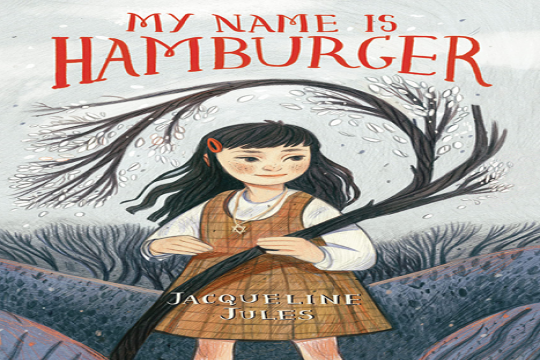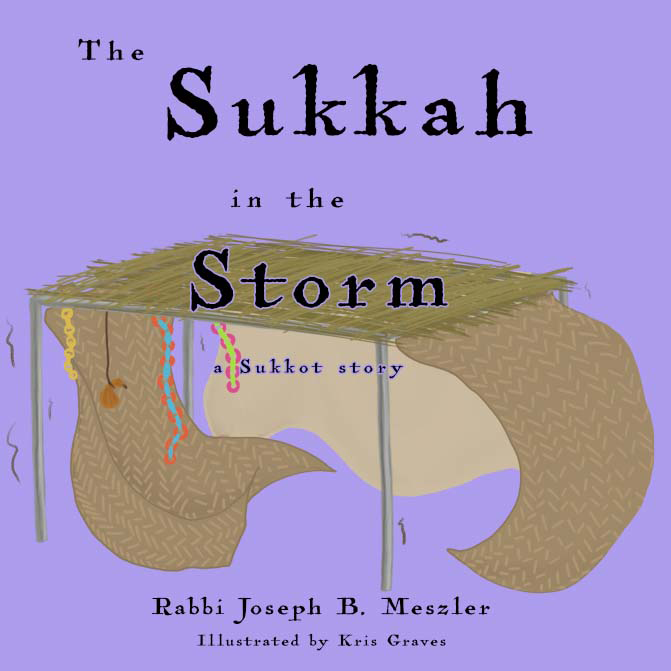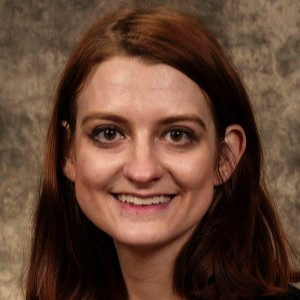Rabbi Joseph Meszler (he/him) has been the rabbi of Temple Sinai of Sharon since 2005. He is a passionate human rights activist and educator, inspired by Isaiah 54:2 to "widen the tent…and deepen the pegs" by helping the Jewish community grow, thrive, and deepen its connections to God.
One of the ways he does this is by penning stories that teach children about Jewish values. After co-writing a story with his sister and publishing his own tale, Rabbi Meszler released "The Sukkah in the Storm: A Sukkot Story" in 2022. We sat down with Rabbi Meszler to discuss how this story teaches children about strength, resilience, community, and asking for help.
What do you love about Sukkot?
It's my favorite holiday. I like being outside, and the themes of shelter, harvest, and food. It is about important lessons, but I also love that it focuses on sitting outside, sharing a meal with friends, and having joy. I really love the theme of gratitude.
I'm the guy who likes to sleep in his sukkah. I try to sleep in there at least once during the holiday. My wife, Rabbi Julie Zupan, sometimes brings in her laptop as she works from home.
You've now co-written one book with your sister and authored two stories on your own. What are some things you keep in mind when writing for children?
I like to write books that operate on more than one level. I want them to be entertaining, good stories that engage children. I also want my stories to teach something important and stand for something. I like them to act as metaphors.
What inspired you to write this story?
Starting about three years ago, every year, a northeaster [cyclone] would come through New England and knock the sukkah over. And I'm talking about a big, metal-framed sukkah. So, we put down sandbags to steady the sukkah. It didn't matter. The sukkah would still be blown over and its frame would get twisted. For three years, Sukkot would come along and there would be a storm; our sukkah would get all twisted and knocked around. Then our congregant, Barry Fritz, would come with his tools and twist the thing back into shape and somehow get it back in some semblance of order so we could continue celebrating. That's why the book is dedicated to Barry Fritz; he always rebuilds the sukkah. I would always say, "okay, now the sukkah is done for;" Barry would always bring it back to life.
I think the sukkah is a symbol of coming apart and rebuilding. It's a symbol of being able to do that in our lives. Sometimes, we take things apart deliberately, and sometimes a storm comes along and knocks it flat for us. We didn't choose it, but this is what life is. There's a lot of people whose lives get broken, whose lives get blown apart. The question is: How do you adapt? Who helps you? How do you put things back together? How do you rebuild?
What do you hope kids will get out of "The Sukkah in the Storm"?
For me, "The Sukkah in the Storm" is truly about chizuk, [internal] strength, and relying upon our community and the hands that help put us back together when life breaks us. It's that idea of renewal and strength, but also accepting help and having a community to help find our pieces when we've been blown apart by life. With people's help, we can rebuild. It's not the end of the world. We'll get through this.
I also hope it's an entertaining story. Stories have the power to shape how we talk. We don't speak in philosophical treatises; we speak in stories. That's how we learn our values: they're the stories that stay with us. My hope is that my story sticks with a child. Maybe when a kid builds a sukkah, they'll remember my story.
In the story, the sukkah itself is the viewpoint character. What inspired you to do that?
I wanted to be able to tell a story that was inclusive. I anthropomorphized the sukkah because it's genderless and avoided pronouns. It also has no race or body type. This way, anybody can read it and see themselves in the protagonist. There also isn't a barrier of kids looking at the main character and not seeing themselves. If it's from the sukkah's point of view, everybody has access to the story.
Kris Graves (they/them), who did the illustrations, chose to make the family who built the sukkah an interracial family, which I think is awesome. Meanwhile, they show the ancient Israelites as People of Color and the hands that put the sukkah back together as white, so multiple skin tones are included in this story. I think that really shows a broader application of the value of community, and who we are as a Jewish community.
Related Posts
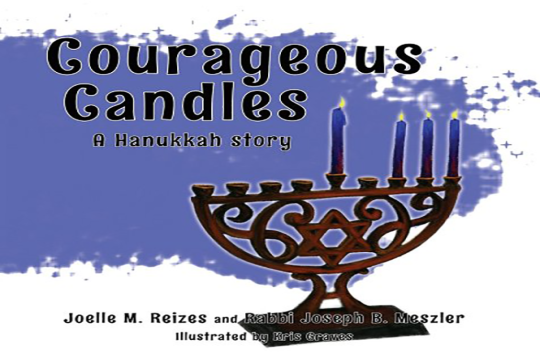
Community and Tzedakah at Hanukkah: An Interview with Authors Joelle Reizes and Rabbi Joseph B. Meszler
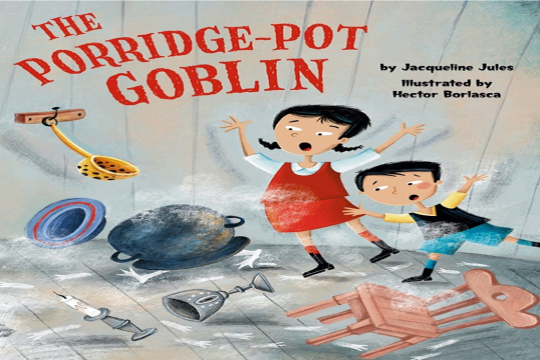
Measuring Demons in the Wake of the Pandemic
